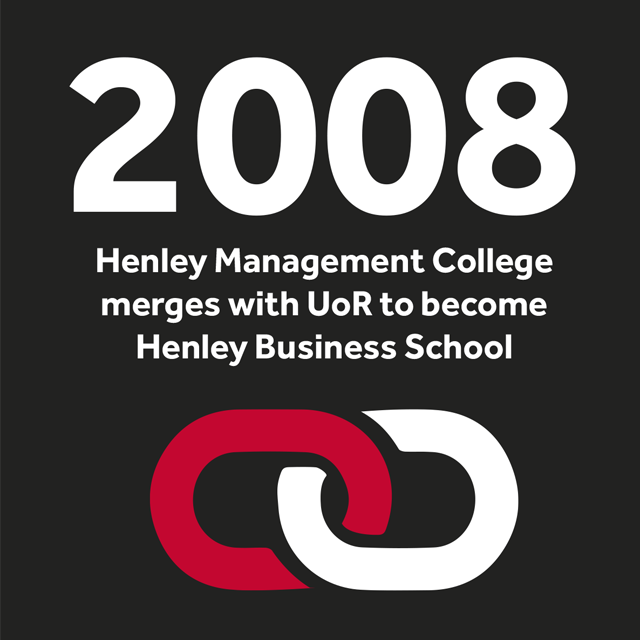
mask

The University of Reading celebrates the 90th anniversary of its Royal Charter this year, but we actually have over 150 years of ongoing academic history.
Schools of Art and Science were established in Reading in 1860 and 1870 respectively.
In 1892, the Oxford University Extension movement offered to take over the management of these schools; H. J. Mackinder became Principal, and University College, Reading was born.

In 1903 the College was organised into 5 groups: Letters and Science, Agriculture, Horticulture, Fine Art, and Music.

The historic and magnificent University campuses are a testimony to its heritage.
The London Road site in central Reading was donated in 1904 by the Palmer family of Reading biscuit manufacturers Huntley & Palmer.
It is now home of our Institute of Education and will also be home to our new School of Architecture.

Edith Morley was the first female professor in Great Britain. Appointed as Professor of English Language at Reading in 1908, Professor Morley was dedicated to her subject, her students and her cause.
She believed that women should have an equal place in academia and society, and was an inspiring and motivating force for the young people around her.

The University of Reading was created in 1926 – we received our Royal Charter and with it the power to award degrees.
Dr W. M. Childs became the University’s first Vice-Chancellor and students carried him aloft in celebration. We were the only University to be awarded a charter between the two world wars.

Our main campus, Whiteknights, was purchased in 1947 and is the former home of the Marquis of Blandford.
It is a beautiful 130 hectare country estate with conservation meadows, a lake and a collection of rare trees. The campus features several listed buildings. One of the most attractive is Foxhill House, built in 1869 by architect Alfred Waterhouse, designer of the Natural History Museum.

In 1963 the Whiteknights library opened and as of October 2013 is available 24 hours a day during the week.

The University of Reading was the first British University to integrate an industrial Research and Development group on campus.
Today the University is defined and driven forward by its research.
We have both ambition and capability. Our research will make a difference to the world.

In 1989 we became the first university to win the Queen’s Award for Export Achievement.
The University is also a four-time winner of the Queen’s Anniversary Prize for Higher Education, winning in 1998, 2006, 2009 and 2012.

The Intergovernmental Panel on Climate Change – which includes a number of University of Reading scientists – was awarded the Nobel Peace Prize jointly with Al Gore in 2007 for its work to inform the world of the risks of climate change. Scientists at the University of Reading have made a significant contribution to the IPCC, and shared in the honour bestowed upon it.

Greenlands, the beautiful Thameside campus and former country residence of W. H. Smith, became another University campus following the merger with Henley Management College in 2008.
The merger created Henley Business School, one of the largest full-service business schools in Europe. It is now consistently ranked among the world’s top 50 business schools.
The reach of the Business School extends around the world, including its campus in South Africa, as well as international campuses and offices in 15 other countries.

After successfully educating international students for more than a century, the University of Reading has now established a campus in Malaysia.
This signifies an important milestone in our ongoing expansion and is a natural extension of the particularly close ties we have enjoyed with Malaysia over the years.